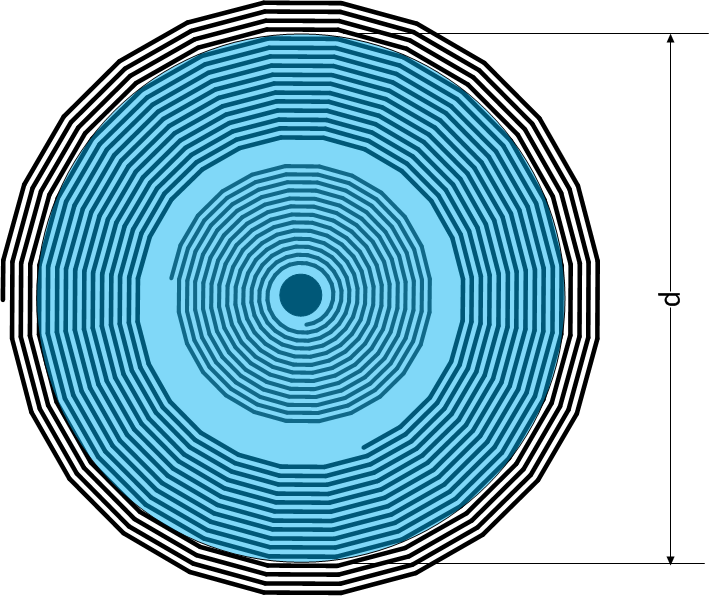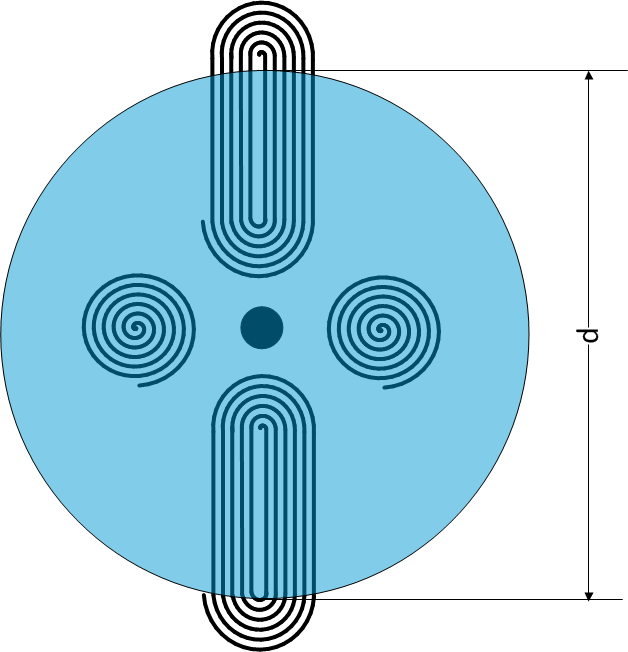Other Parts Discussed in Thread: LDC1101, LDC0851, LDC1312, LDC1314, LDC1614
Hi,
I'm working on a project where the target is no fixed in front of the coil (thinking to a distance measure).
You can think to a disc rotating to a certain speed and the LDC1612 is used to measure the distance of this disc from the coil.
Suppose the distance is really costant but the speed of the target is not and not necessarly costant.
At the moment I have no way to test this, I'm just starting.
So the question is if there is a known effect of the target motion on the measurement.
Thanks



